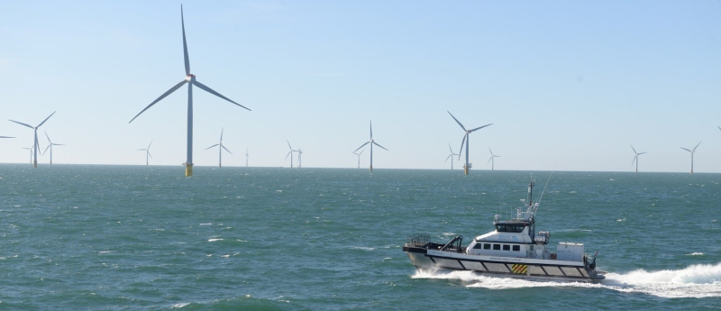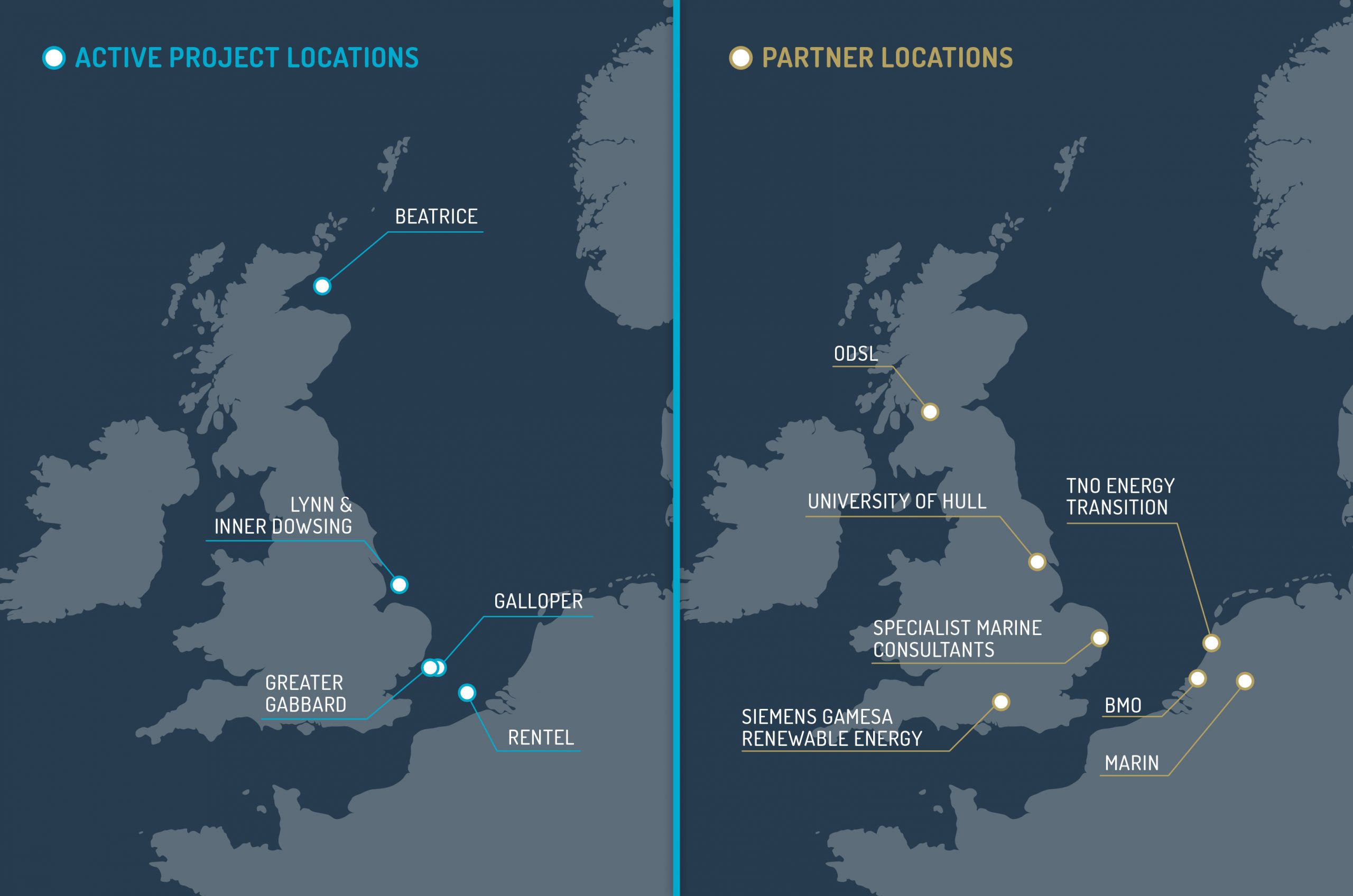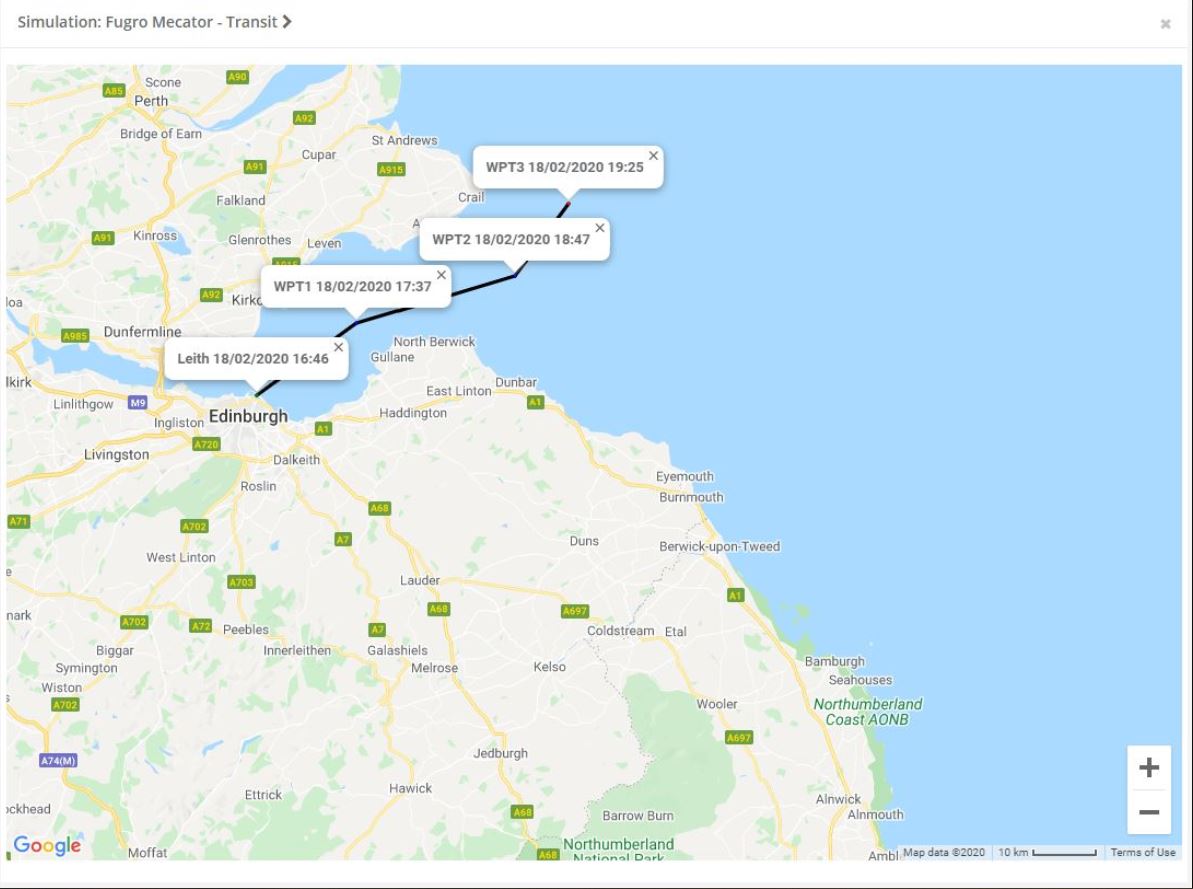Offshore technicians perform essential scheduled servicing and unscheduled maintenance of offshore wind turbines. Planning operations and maintenance activity is challenging because it is difficult to predict if sea conditions will allow turbine technician transfer via crew transfer vessels (CTVs) as well as marine operators having a limited source of information for making this decision. An added challenge is ensuring the safety and wellbeing of the technicians as they are transported in what can be very rough sea conditions because they have to perform complex tasks once transferred to the turbine.
Unscheduled O&M activities account for almost a quarter of the lifetime costs of an offshore wind farm. A significant part of this cost is due to failed crew transits or workers having to abandon their missions due to dangerous and unpredictable sea conditions.
Listen to the SPOWTT Podcast Episode



This is where the SPOWTT project comes in. Supported by the EU-funded DemoWind Programme, SPOWTT (Safety and Productivity of Offshore Wind Technician Transit) is providing a forecasting and monitoring tool to help match future assets to the environmental conditions.

The project takes a novel approach by using digital technology to create a decision-making tool that will allow marine coordinators to make a more informed decision regarding crew transfers. The SPOWTT project will, for the first time, measure in parallel the motion of crew transfer vessels in certain weather conditions and sea states, as well as the psychological and physiological well-being of the technicians onboard.
The SPOWTT project has received significant interest from industry including participation from five wind farms, 10 crew transfer vessels and over 2000 technicians. The map below highlights the participating wind farms and project partner locations.

Optimising how CTVs make use of the ‘weather window’ will improve O&M productivity, reduce costs and increase turbine availability. It is estimated that SPOWTT will lead to a 0.7% reduction in the levelized cost of electricity, which is equivalent to an additional revenue of >€1.2m a year for a 500MW wind farm.
These are examples of the decision support tools that will assist with planning daily transits offshore with the aim of ensuring the personnel arrive at the turbines in a fit state to conduct their work safely.


Various project documents are available for public use and download. Please see below for more information:

The SPOWTT project partners include: BMO Offshore, MARIN, Offshore Renewable Energy Catapult, SMC, Siemens Gamesa, TNO and University of Hull.
